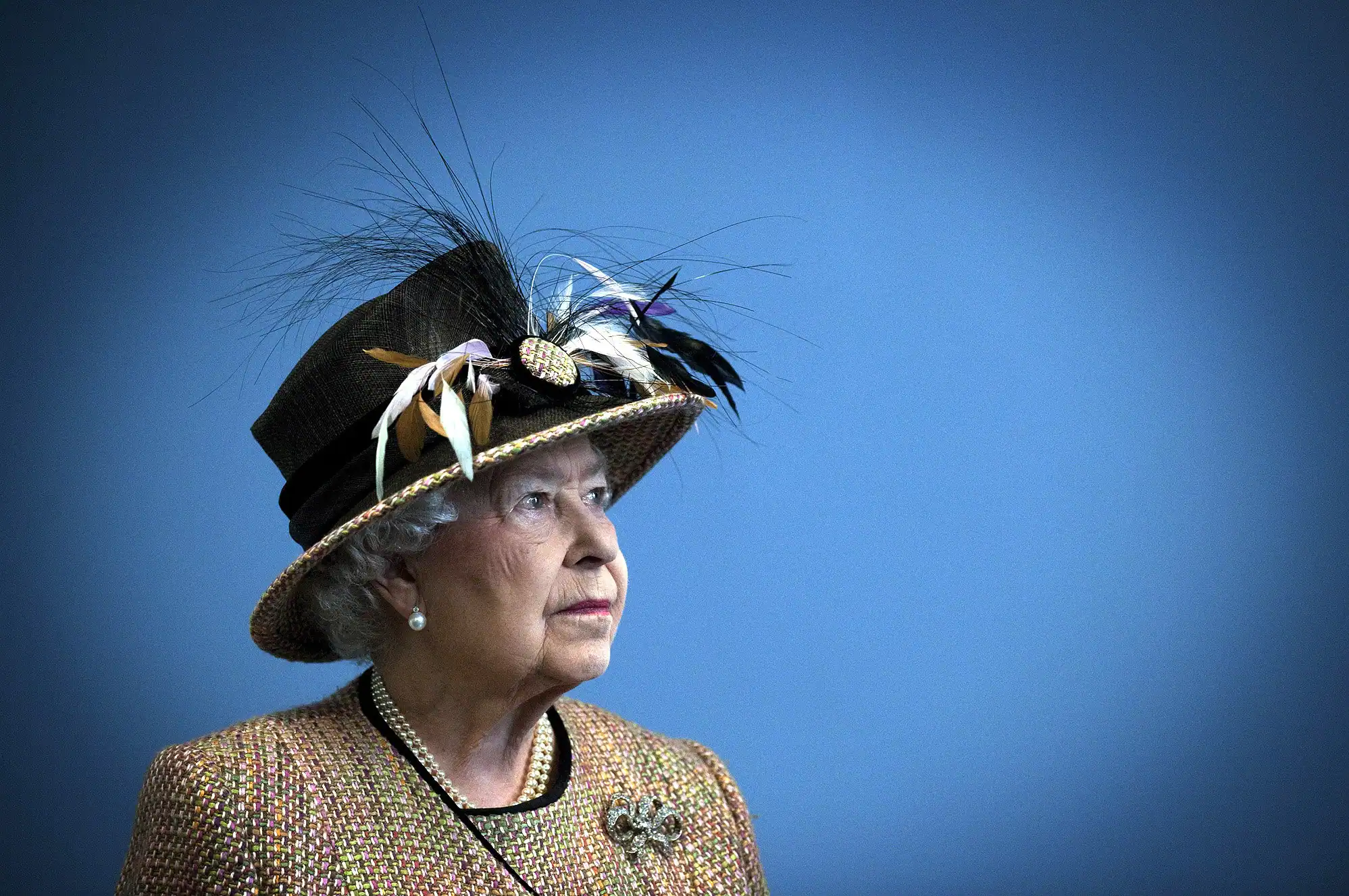An unprecedented number of world leaders, dignitaries, royal families, and religious leaders attended Queen Elizabeth II’s state burial. Even though it was a public event, it was also a deeply private one, giving the world a glimpse of the late Queen in her role as a beloved grandmother.
The Queen’s was also the first state funeral since Winston Churchill died in 1965, and just the fourth in the last 100 years. This made it a unique day because most people stayed at home playing slots at PlayCroco and following the funeral procession online.
Many of the crowns worn by the monarch were commemorated at her memorial service. The Queen served as the leader of the Commonwealth of Nations, which comprised 15 sovereign states. She was the matriarch of one of the most powerful royal families in the world and the highest official in the Church of England.
- Military Pomp
As chief of state, the Queen was the commander in chief, and she herself had served in the military during World War II, so the burial was a showcase for the British military at its theatrical pomp.
The bearer party flanking the Monarch’s coffin comprised Battalion Grenadier Guards, ten pallbearers of former equerries to the Crown, and elite units from the King’s Body Guards of the Honourable Corps of Gentlemen at Arms and the Imperial Company of Archers.
Thousands of servicemen and women from the United Kingdom marched through the streets of central London to pay their respects to the Queen and join her on her final journey. Armed forces representatives from other countries ruled by the Queen also joined them.
- Funeral Procession
Princess Royal, Andrew, Duke of York, Edward, Earl of Wessex, William, Harry, Duke of Sussex, Prince of Wales, and Peter Phillips marched beside Charles III. They were dressed like soldiers except for Harry, Andrew, and Phillips.
Bagpipes set the desired tone among the continuous drumbeat of dozens of people walking in unison, setting a fittingly solemn tone. When the procession neared the castle, the colorful flag draped over the late Queen’s coffin starkly contrasted with the otherwise solemn atmosphere.
- Casket
Eight members of the Queen’s Company, who had been called back from Iraq at the time of the Queen’s death, carried her casket.
David Beckham, a self-described “huge royalist,” waited in line for 12 hours on September 16, 2022, to pay his tribute to Queen Elizabeth II. The man in the suit and cap is seen carrying an umbrella near the police.
After the funeral, the Crown, orb, and scepter were removed from Elizabeth’s casket before it was lowered into the Royal Vault at St. George’s Chapel to be reunited with Prince Philip’s casket.
- People
Whether or not they were royalists, the tens of thousands gathered within and around Buckingham Palace for the funeral service conducted themselves with dignity and decorum.
The masses in Hyde Park surrounding Kensington Palace and Buckingham Palace were there to take part in as many aspects of the burial and related rites as they could, in addition to sharing in the national day of sadness and memory. Everyone in Hyde Park got up off lawn chairs when the people within Westminster Abbey arose for the first hymn.
Many mourners in the park stood with their heads down, and their faces grave throughout the two minutes of silence that followed the completion of the burial inside the monastery. No one made a single move.
- Prayers
The religious observance was a public declaration of the Queen’s position as the Church of England’s Supreme Governor. The Queen reportedly reviewed the service schedule before it was finalized. The Archbishop of Canterbury’s official London residence, Lambeth Palace, collaborated with the Dean of Westminster to design the service’s order of worship.
- Sounds
The largest bell at Westminster Abbey began to toll in the key of D at 9:20 a.m. and continued to do so at a rate of once per minute for the next 96 minutes. The current time in London, England, and a moment of reflection on the Queen’s 96 years on this earth. The bell will toll in mourning whenever a royal family member or the abbey’s dean passes away.
After half an hour, the decision was made to cancel all flights departing from Heathrow Airport so that the two minutes of silence that followed the conclusion of the state burial would not be disrupted by the roar of jet engines.
- The Moment of Silence
The congregation observed a moment of silence within Westminster Abbey and the rest of the country shortly before the service concluded to commemorate the passing of Queen Elizabeth II.
Thousands of mourners lined the streets to pay their respects along the path of the funeral procession.
Take Away
Even though the celebration of the Queen’s life and legacy was the primary purpose of the funeral, there was one particularly moving moment that brought attention to the new era that had begun with her demise. As the members of the congregation rose to their feet to sing the national anthem, the abbey was filled with the refrain “God save the King” rather than “God save the Queen.”
